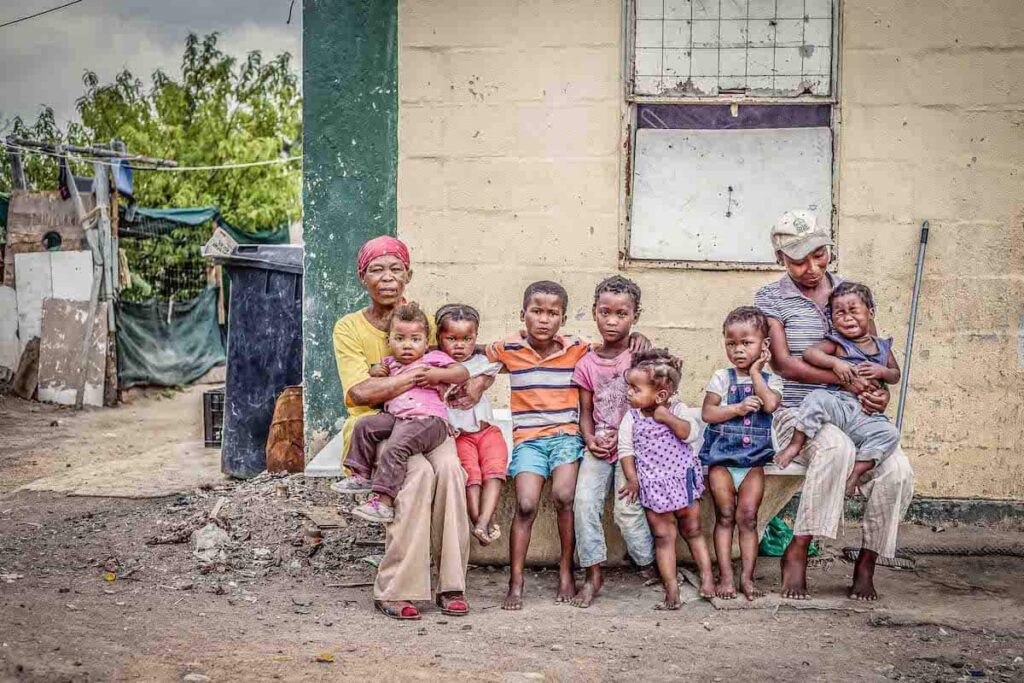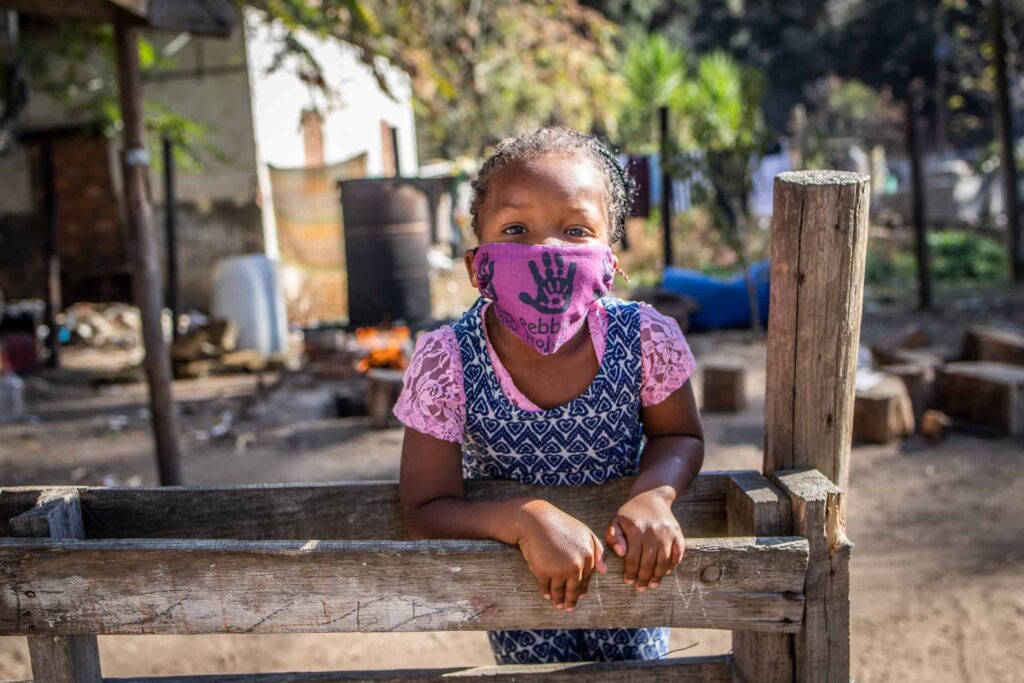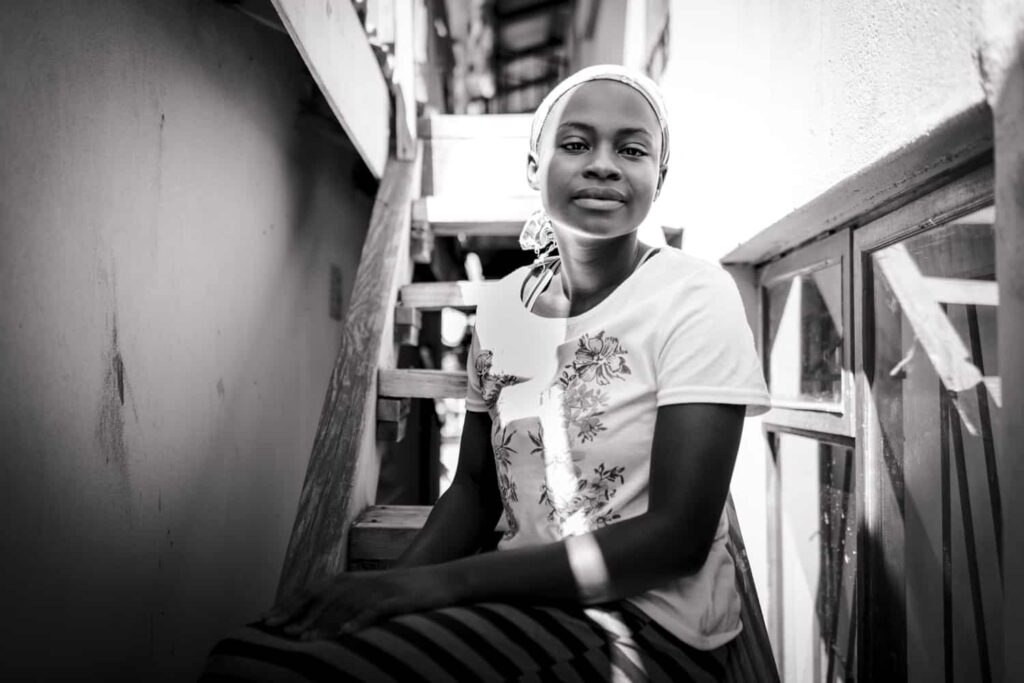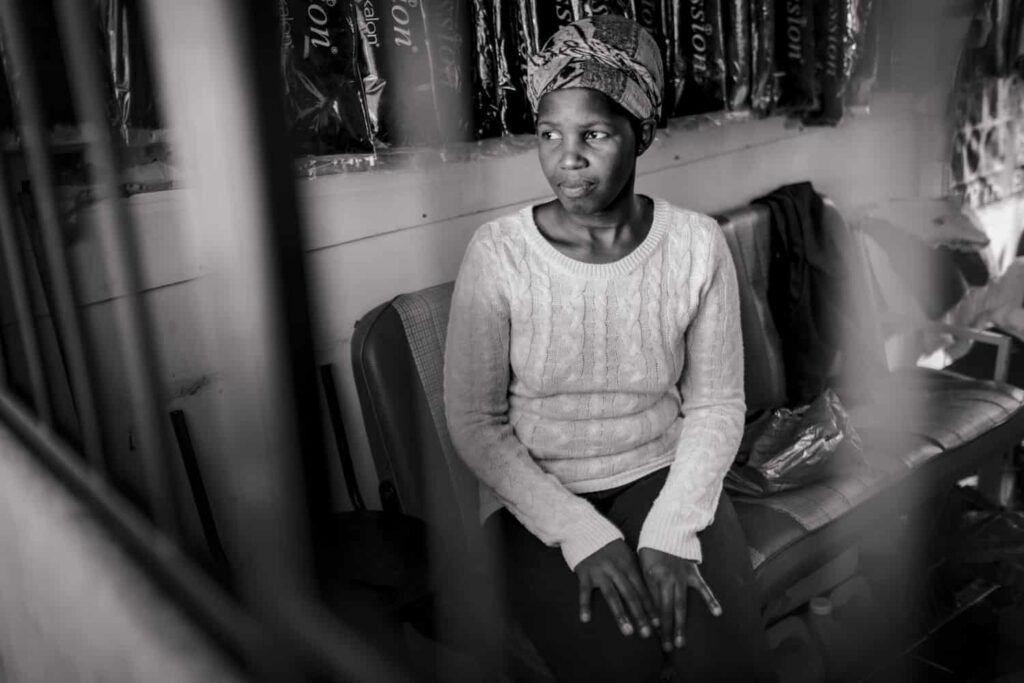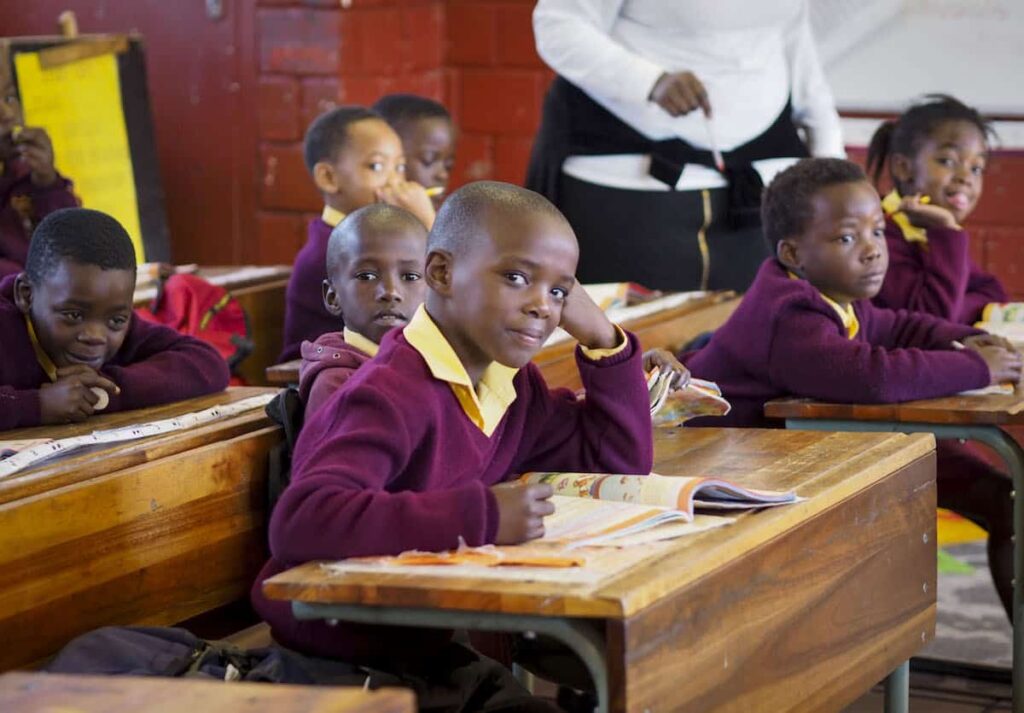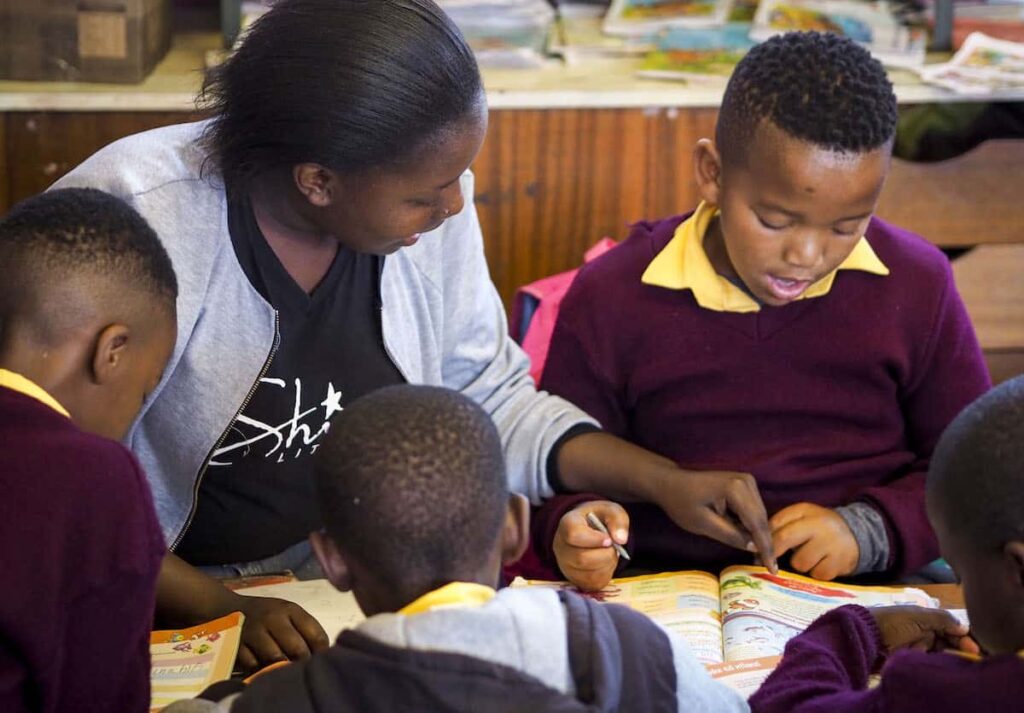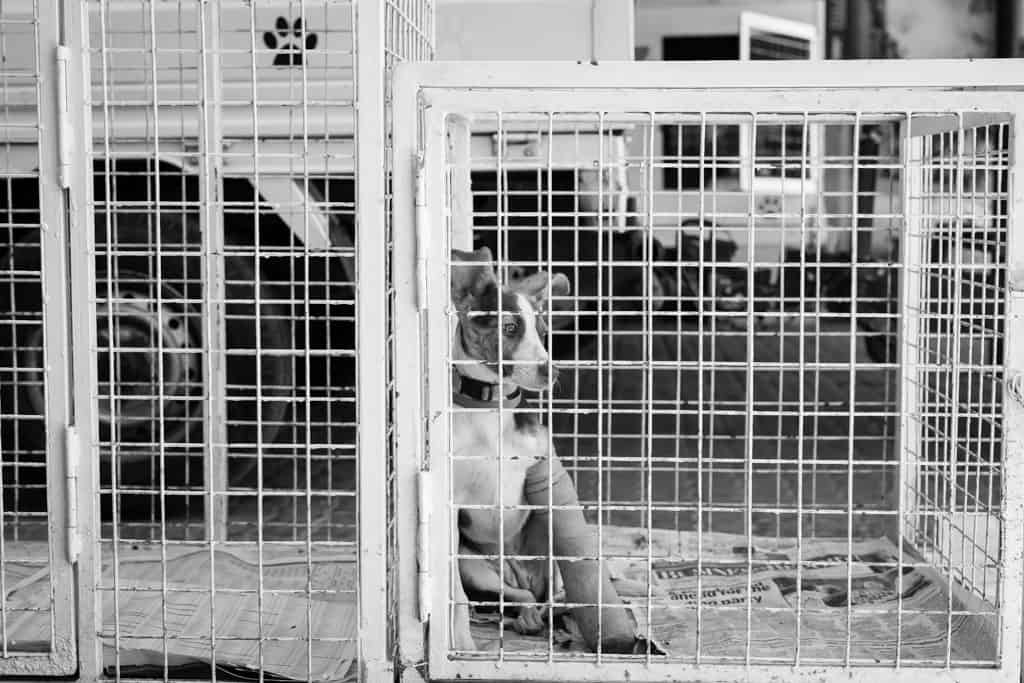How photography can be used to raise awareness for good causes
It’s hard to imagine a world without pictures. Photography has become indispensable in today’s world – visual media is everywhere, and it has the power to shape our focus and opinions. This power can be harnessed for good causes, as it can raise awareness for nonprofit organisations in a way that non-visual content can’t. That’s why, at Penda Trust, we offer free photography services to small charities in South Africa that can’t afford professional photography. But with this work comes the responsibility to be aware of the effect of pictures, and the different ways charitable projects should – and shouldn’t – be portrayed. We explored these issues, so that we can approach our nonprofit photography programs in South Africa in the most effective, culturally sensitive, and responsible way possible.
– Text by Manon van Troost, images by Anna Lusty, Eveline Gerritsen, Sarah Isaacs, and Deb Sulzberger
We’re visual creatures
Our brains love visual content. We are wired to favor visual information, and process any visual data much quicker than the non-visual variants. As John Berger explained in ‘Ways of Seeing,’ “seeing comes before words.” Visual media, therefore, plays an important role in getting our attention, and it’s no surprise that companies use photography and videography are a vital part of their marketing campaigns. Pictures draw us in and can convince us to buy into whatever is put in front of us.
Visual media, then, also has the potential to effectively communicate important information about issues around us; messages about issues like human rights, environmental sustainability, food security, and poverty relief. For nonprofit organisations, strong visual storytelling can be an effective way to reach large audiences. To illustrate this; on social media, visual content gets ninety-four percent more total views and is forty times more likely to be shared on social networks.
Framing humanitarian work through images
Visuals, and particularly photography, also have the potential to spark an emotional response with viewers, which will increase the likelihood of engagement – and ultimately, donations. Quanta Gorven, a lecturer at Cape Town University, points out that “photographs can assist nonprofit organisations to make the work they do more visible and relatable to the broader public. Pictures can make NGO work that is otherwise quite abstract to the lay-person more understandable and easier to fund.”
Emphasising this point, Michelle Proctor, the General Manager at the African Impact Foundation, points out that “pictures, when relevant and inspiring, can give information, create an emotional attachment, be the attraction to find out more and replace, or enhance words. When we do get good photos, it definitely enhances the quality of our material both physical and online.”
Moreover, photographs can play another role to nonprofit organisations; they can keep existing supporters sufficiently informed and engaged. “I have been shooting for over 15 years now for NGOs and I believe it is key,” says Anna Lusty, a Cape Town based humanitarian photographer. “Communications are given a whole new lease of life. It serves as ‘evidence’ for the donors and supporters.”
The potential photography has to support the South African non-profit sector
South Africa has a large nonprofit industry, which includes many small organisations that are addressing social development issues on a grassroots level. Many of these small nonprofits deal with a lack of resources, funds, and manpower, and when this is the case, it becomes hard to prioritise photography. “It costs a lot of money and nonprofits – us included – need to spend money on projects and operating costs rather than visual materials of the projects,” explains Zephne Ladbrook, who runs the Otto Foundation in Cape Town. “It would be helpful if we could get more help with this.”
At Penda Trust, we therefore offer free professional photography to small nonprofits that can’t afford to pay for it. We identify organisations that are doing important work, lack the funds to hire photographers, and could benefit from getting professional images taken at their projects.
A recent example was a photo shoot we organised at Shine Literacy, a Cape Town based charity that offers reading and writing workshops to kids who are struggling to keep up at school. Eveline Gerritsen, a photographer from the Netherlands, captured the work Shine Literacy does on the ground. “We are grateful for this as it has allowed us to visually tell our story to stakeholders,” says Shine Literacy’s Siphokuhle Mkancu. “Furthermore, Penda Trust shared their first-hand experience of the impact Shine Literacy has in schools and communities, to their own stakeholders and audiences. This, in turn, contributes positively to our organisation – it allows us to reach more people, creates more awareness about our work, mission and allows us to gain more public support.”
How to approach nonprofit photography ethically and sensitively
But while offering a database of high-quality images to a charity has obvious benefits, there are important cultural and environmental factors to keep in mind. The very fact that images have such a potentially powerful impact also means that care should be taken in terms of how images are positioned and charities are framed. “NGO photography should be approached with an understanding of the history of this genre of photography and the power that these images hold in terms of shaping local and global perceptions of not only the organisation but, more importantly, the people and issues they work with,” Gorven explains. “Photography inherently has a voyeuristic quality, with the photographer acting as somewhat of an outside eye looking into a place or people. NGO photography should be aware of the power dynamics inherent in this medium and work with communities to produce images that are not only of the subjects but are made in collaboration with the subjects.”
So while emotive images of dramatic issues can be effective in gaining people’s attention and appealing to their humanity, there’s a need to be aware of the potential perpetuation of stereotypical images of countries and situations; perceptions that can in themselves be harmful. For instance, explains Gorven, “Africa has been represented to the West as starving, impoverished, war-town, sick, etc. These images have pervaded the Western psyche and have not been balanced with images of other realities across the African continent, like modern clean cities and technological innovation.”
The trick, then, suggests Gorven, is to convey the issue effectively, but also focus on the solutions a nonprofit organisation is offering and any progress it is making. “I think that playing on the viewers’ emotions can be effectively done by showing images of positive transformation and action,” says Gorven. “Rather than only showing the problem, NGOs can show how the solution is working.”
There’s also a need for photographers to be sensitive to the immediate environment of the photo shoots. As Dave Fisher, a Cape Town-based photographer points out, “many nonprofits work in sensitive aspects of society and the people involved can be taken advantage of if the photography is not done in a responsible manner.” Adding to this, Procter points out that “protocols in child protection and vulnerable person protection must be considered and practiced. In a way, I feel a good NGO photographer understands and can guide some organisations on this to ensure they understand it better.”
Approaching nonprofit photography in an effective way
On top of being culturally aware and sensitive to prevailing harmful perceptions of places or situations, we obviously need to make sure that the images produced are as effective to the nonprofit as possible. To ensure this, the right photographer needs to be matched with the right organisation, and the photographer needs to have a good understanding of the cause and the projects. Each image needs to be thought out.
“The photographer must understand and build a relationship to ensure the subjects understand the situation and reason for the photos,” says Procter. And as Fisher adds, it’s also important that the photographer has “a genuine desire to help organizations and people in need and an ability to work with care and compassion.”
And sometimes offering photography just isn’t enough. “We have realised that offering professional photography to a nonprofit isn’t effective if the organisation doesn’t have the right communication channels to reach potential donors and supporters,” explains Marleen Lammers, founder of Penda Trust. “In that case, having a database of stunning pictures will have little to no effect. This is why we’re exploring ways to offer digital marketing and fundraising workshops to the nonprofits we offer photography to.”
Harnessing the power of photography
Photography speaks a universal language and offers a democratic medium. As strange as it may sound, without photography the present world is largely invisible. This is an exciting fact that, when harnessed in the right way, can create awareness for important causes. We’re dedicated to fully embrace the positive power of photography, and keep improving what we do.


